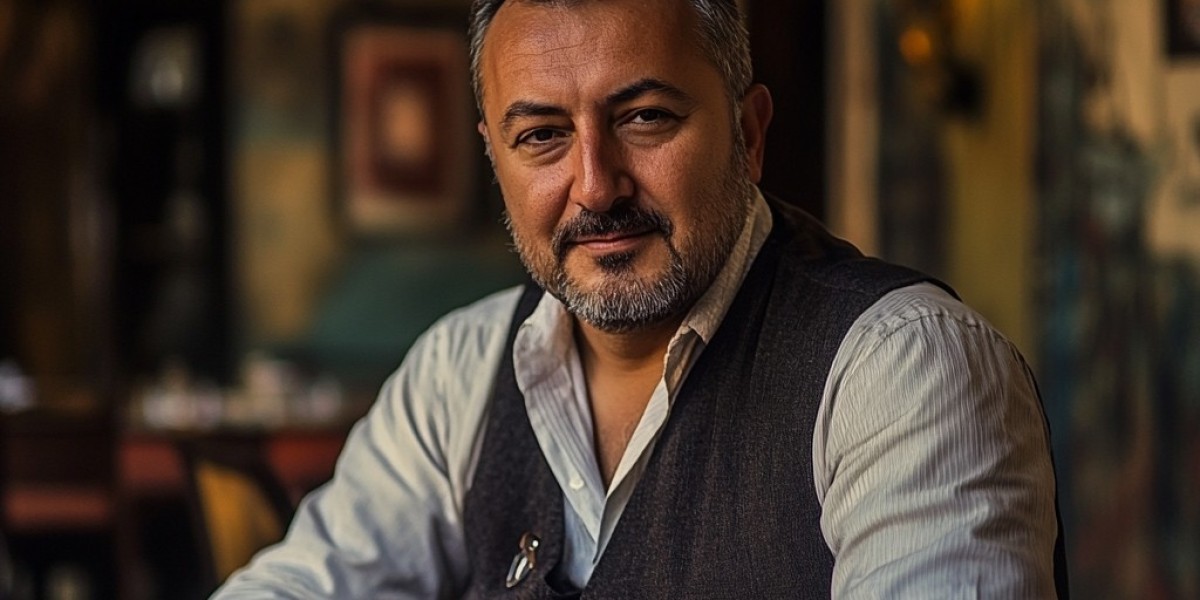Chandigarh, often described as "The City Beautiful," is one of India’s most exceptional cities, renowned for its unique blend of urban planning, architecture, and natural beauty. What makes Chandigarh stand out? Let’s take a journey through its history, iconic sectors, and special cultural aspects.
Overview of Chandigarh
A Brief History of Chandigarh
Chandigarh’s inception dates back to the post-independence era when the need for a new capital for Punjab emerged. The city was designed by Swiss-French architect Le Corbusier, who aimed to create a modern, organized urban space. It officially became a union territory in 1966 and serves as the capital of both Punjab and Haryana, symbolizing the harmonious coexistence of two states.
The Unique Architectural Style of Chandigarh
What sets Chandigarh apart is its modernist architecture, characterized by clean lines, open spaces, and a grid-like layout. The use of reinforced concrete, coupled with Le Corbusier's emphasis on natural elements, created a city that seamlessly blends architecture with nature. This pioneering approach has influenced urban planning around the world.
Sector 17: The Heart of Chandigarh
Why Sector 17 is Called the Heart of Chandigarh
Sector 17 is often referred to as the "Heart of Chandigarh" because it serves as the city’s central business district. The area is the pulsating core where locals and tourists converge to shop, eat, and socialize. It is not just a commercial hub but also a place where the spirit of Chandigarh is most alive.
Popular Attractions in Sector 17
Sector 17 is brimming with activity, featuring a wide range of retail outlets, from luxury brands to local handicrafts. The vibrant atmosphere is further amplified by open-air plazas, well-maintained fountains, and wide pedestrian walkways, making it a favorite spot for leisurely evening strolls.
Shopping and Entertainment Hub
You will find everything from high-end fashion boutiques to traditional Punjabi juttis (shoes) in Sector 17. Beyond shopping, the area boasts entertainment options like theaters, cafes, and public art performances. With so much to offer, Sector 17 has rightly earned its title as Chandigarh’s most dynamic locale.
The Specialty of Chandigarh
Planned City Layout
Chandigarh is one of the few cities in the world designed entirely from scratch, with sectors arranged systematically. This planned design ensures smooth traffic flow, organized neighborhoods, and easy accessibility, making urban life convenient and pleasant.
Green Spaces and Sustainability
One of Chandigarh’s standout features is its abundant green spaces, including parks, gardens, and tree-lined avenues. The city emphasizes sustainability, and environmental preservation efforts are evident everywhere, from solar energy initiatives to waste management systems.
Cultural Heritage
Despite its modern infrastructure, Chandigarh takes pride in its rich cultural heritage. Festivals are celebrated with grandeur, blending traditional and contemporary elements. From the colorful Teej festival to lively Baisakhi celebrations, the city’s cultural vibrancy is a testament to its Punjabi roots.
Jasmine Bains: A Prominent Figure in Chandigarh
Who is Jasmine Bains?
Jasmine Bains is a well-known entrepreneur and social influencer based in Chandigarh. She has emerged as a key figure in promoting the city’s entrepreneurial spirit and has worked tirelessly to uplift the community through various social initiatives.
Her Contributions to Chandigarh
Jasmine Bains is the founder of several local startups that focus on women empowerment, skill development, and sustainable living. Her work has inspired many young entrepreneurs to follow in her footsteps, contributing significantly to the economic and social landscape of Chandigarh.
Impact on Local Community and Recognition
Jasmine has received numerous accolades for her work, not only as a business leader but also as a community organizer. Her efforts to improve educational resources and promote environmental awareness have had a lasting impact on Chandigarh’s residents. Her story is a true testament to what one person can achieve with dedication and vision.
Chandigarh’s Distinctive Sectors
Chandigarh is uniquely divided into sectors, each with its own identity and purpose. While Sector 17 is the heart, other sectors bring their own flavor to the city.
Sector 10: Hub of Art and Culture
Sector 10 is a treasure trove for art and culture enthusiasts. It houses the Government Museum and Art Gallery, one of the premier museums in India, showcasing an impressive collection of Gandhara sculptures, Pahari and Rajasthani miniature paintings, and works of contemporary Indian artists. This sector is also home to the Museum of Evolution of Life, which attracts students and researchers interested in the history of Earth.
Beyond museums, Sector 10 features sprawling parks and art centers where exhibitions and cultural festivals are held regularly. It's the perfect place to soak in the artistic and historical richness of Chandigarh.
Sector 22: A Commercial Zone
If you’re looking for a shopping and dining experience different from the upscale Sector 17, Sector 22 has you covered. Known for its vibrant street markets and affordable shopping options, this sector is a paradise for bargain hunters. From traditional Indian wear to electronic goods, Sector 22 offers a wide variety.
This bustling area also has food stalls offering mouthwatering Punjabi delicacies. It's a place where the energy never fades, making it a popular hangout spot for college students and families alike.
The Influence of Le Corbusier in Chandigarh's Design
His Vision for Chandigarh
Le Corbusier envisioned Chandigarh as a symbol of modernity and progress for a newly independent India. His master plan divided the city into self-sufficient sectors, each serving specific purposes such as residential, commercial, or institutional. He paid special attention to the harmony between urban architecture and the natural environment, incorporating open spaces and greenery throughout the city.
His philosophy centered on “sun, space, and greenery,” principles that guided every aspect of the city’s design. Le Corbusier’s iconic structures, such as the Capitol Complex and the Open Hand Monument, stand as a testament to his visionary urban planning.
Impact on Modern Urban Planning
Chandigarh’s blueprint has influenced urban planners around the globe. Its grid-based layout, efficient drainage systems, and zoning regulations have been studied and emulated worldwide. Even today, architects and city planners visit Chandigarh to gain insights into creating sustainable and organized urban environments.
Chandigarh’s Education and Knowledge Sector
Premier Educational Institutions
Chandigarh isn’t just about architecture and green spaces; it's also a hub of academic excellence. The city is home to some of India’s top educational institutions, including Panjab University, PEC (Punjab Engineering College), and the Government College of Art. These institutions draw students from all over the country and are known for producing some of India’s brightest minds.
The emphasis on quality education and research has fostered a culture of innovation. Panjab University, for example, has a sprawling campus with advanced research facilities, making it a center of learning and discovery.
Technological Advancements
Chandigarh is gradually establishing itself as a tech-friendly city. The rise of tech parks and initiatives promoting startups has created a nurturing environment for budding entrepreneurs. With a growing focus on digital infrastructure, Chandigarh is positioning itself as a knowledge and technology hub.
Green Initiatives and Urban Development
Sukhna Lake and Environmental Preservation
Sukhna Lake is one of Chandigarh’s most cherished attractions. This man-made reservoir is not only a beautiful spot for morning jogs or evening boat rides but also a crucial element of the city’s ecosystem. Efforts to preserve Sukhna Lake include afforestation drives and strict regulations against activities that may pollute its waters.
The surrounding area, known as the Sukhna Wildlife Sanctuary, is home to various species of birds and animals, adding to the city’s biodiversity. Chandigarh’s commitment to protecting its natural resources is evident in these ongoing conservation efforts.
Efforts in Waste Management and Cleanliness
Chandigarh has made impressive strides in waste management and cleanliness. The city has an efficient waste segregation and recycling system, contributing to its reputation as one of the cleanest cities in India. Public awareness campaigns have been instrumental in educating residents about the importance of maintaining a clean and green environment.
Furthermore, initiatives like the “Green Belt” policy and tree plantation drives have helped maintain Chandigarh’s lush landscape, balancing urban development with ecological preservation.
Key Landmarks That Define Chandigarh
Rock Garden by Nek Chand
The Rock Garden is an iconic symbol of creativity and ingenuity in Chandigarh. Created by Nek Chand, a former government official, this 40-acre garden features sculptures made from industrial and domestic waste materials like broken bangles, tiles, and ceramics. It is a testament to the power of recycling and artistic imagination.
Visitors marvel at the intricate designs and pathways that make the Rock Garden a must-see attraction. Nek Chand's vision transformed discarded materials into something extraordinary, capturing the spirit of sustainability and innovation.
The Open Hand Monument
Designed by Le Corbusier himself, the Open Hand Monument is one of Chandigarh’s most significant architectural symbols. It represents "peace and reconciliation" and is designed to rotate with the wind, symbolizing openness and change. Located in the Capitol Complex, this monument serves as a constant reminder of the city’s philosophy and values.
Rose Garden
Zakir Hussain Rose Garden, Asia’s largest, is another feather in Chandigarh’s cap. Spread over 30 acres, the garden boasts over 1,600 different species of roses and a variety of medicinal plants. It hosts the annual Rose Festival, a three-day event filled with floral displays, cultural performances, and competitions. The garden is a haven for nature lovers and photographers alike.







